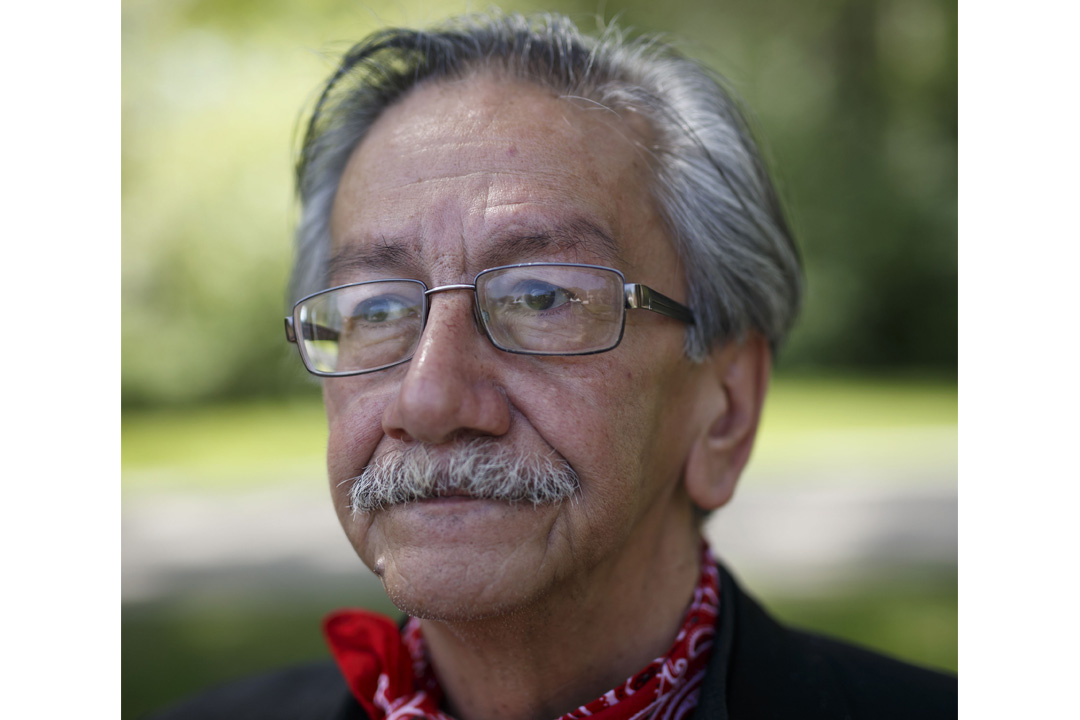
Chief Mistawasis’s Descendant Reflects on Name for Saskatoon’s New Bridge
SENS Indigenous Mentor, Anthony Blair Dreaver Johnston, discusses his family’s legacy
By Victoria SchrammArticle re-posted on .
View original article.

SENS Indigenous Mentor, Anthony Blair Dreaver Johnston, discusses his family’s legacy
By Victoria SchrammArticle re-posted on .
View original article.